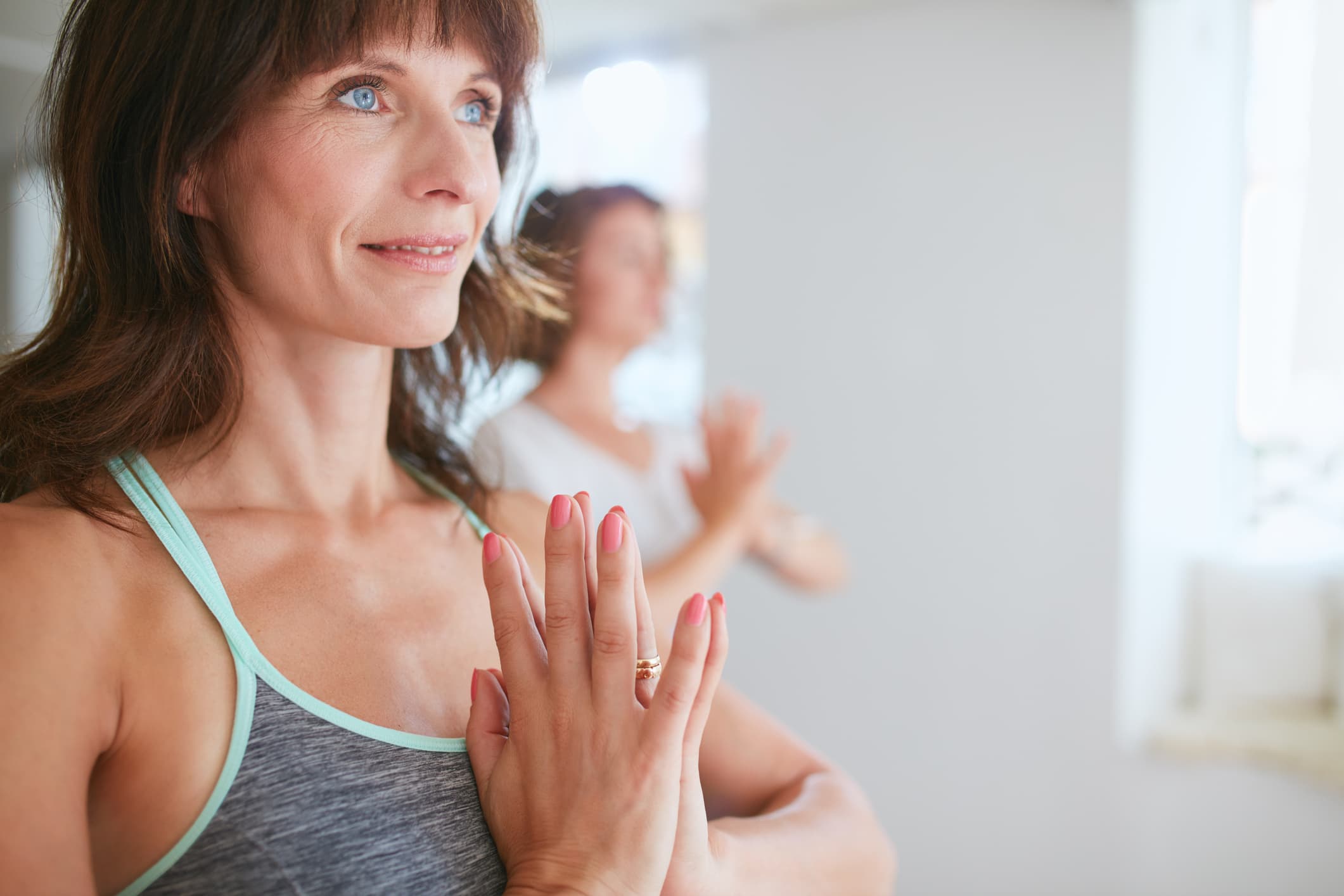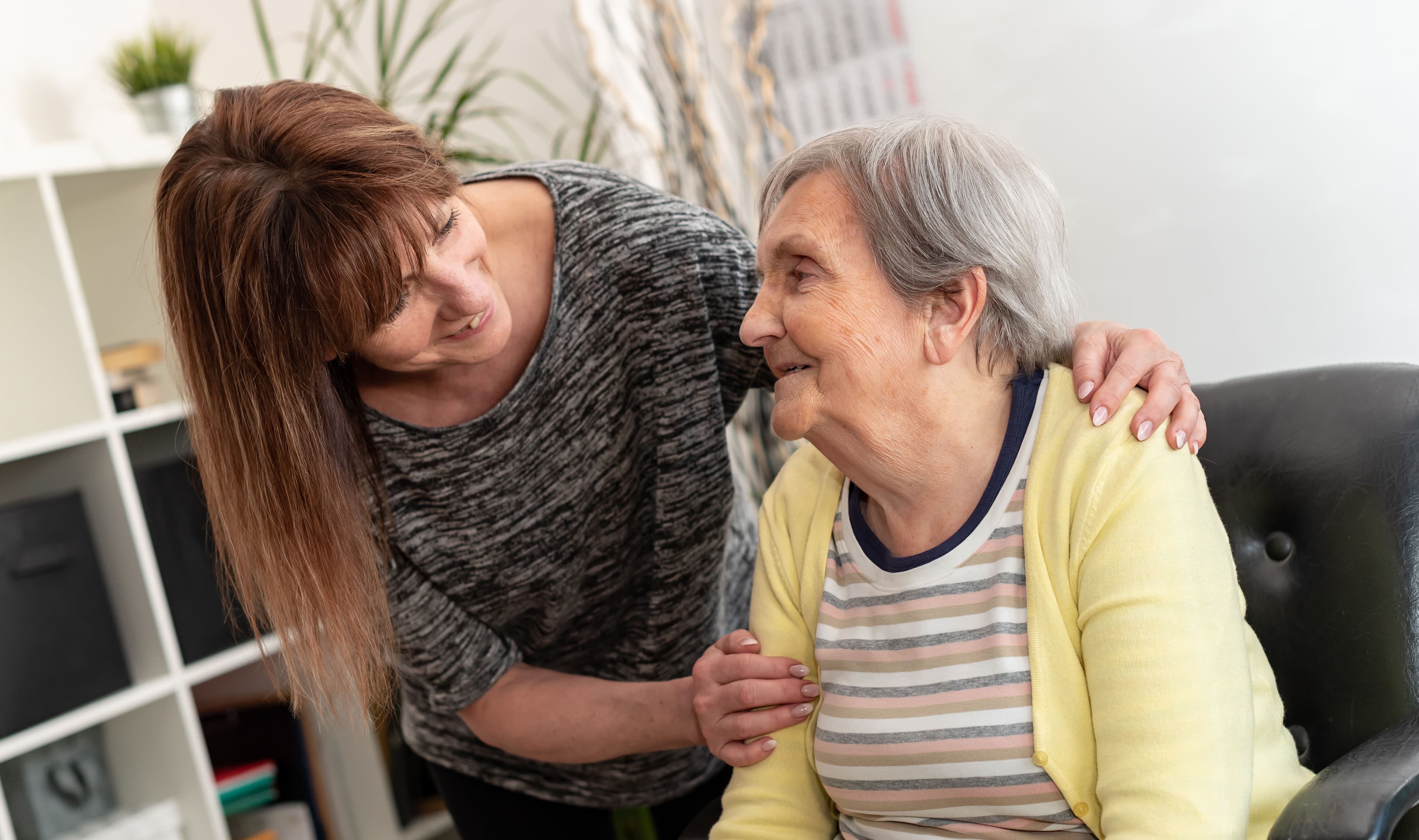Are you one of the more than 50 million Americans who suffer from chronic pain? If so, you might think your symptoms are a fact of life, but that’s not necessarily the case. Experts agree –– pain isn’t a normal part of the aging process.
Everyone experiences aches and pains occasionally, but if your symptoms last for days or even weeks, it might indicate an underlying health problem. Fortunately, prescription pain medication isn’t your only treatment option. Here are 6 ways to relieve pain without medicine.
Understanding the Different Types of Pain
To effectively treat pain, you first have to identify the type of pain you’re experiencing.
“Many times, pain is neurologic in nature, because even though the painful stimulus is gone, the pain pathway to and within the brain still exists,” said Jay Greenstein, DC, a doctor of chiropractic at Kaizo-Health with locations in Maryland and Virginia. “Treatment that addresses the neural pathways can be very important.”
Specifically, Dr. Greenstein says that pain falls into four categories:
Nociceptive pain
Nociceptive pain occurs because of tissue damage. Common causes of nociceptive pain include trauma and infection.
Neuropathic pain
Neuropathic pain occurs because of nerve compression or damage. Examples of neuropathic pain include sciatica, cervical radiculopathy, and diabetic neuropathy.
Inflammatory pain
Inflammatory pain occurs when your immune system reacts to a stimulus, like infection or disease. Common causes of inflammatory pain include rheumatoid arthritis and gout.
Functional pain
Functional pain refers to cramps, aching, or discomfort that occurs suddenly without a known origin. Examples of functional pain include fibromyalgia and chronic fatigue syndrome.
Should I stop taking over-the-counter pain medicine?
It’s okay to take OTC pain medicine every once in a while, but there are other, more effective ways to manage general aches and pains.
“Typically, medications just treat symptoms, and what ends up happening is managing the condition versus treating the actual cause of it,” said Dr. Demetris Elia, DC, a mobile chiropractor and functional medicine provider with PEAKiropractic.
“The negative effect of painkillers is very pronounced. From stomach ulcers to increased liver detoxification load, addiction, and even death due to opioid overdose. (68,000+ in 2020)”
What are some ways to relieve pain without medicine?
Consider trying evidence-based, functional treatments if you develop acute or chronic pain. Integrative measures such as eating a balanced diet, receiving chiropractic care, or undergoing massage may make a significant difference.
“In fact, two recent Clinical Practice Guidelines published in the Annals of Internal Medicine and Lancet found that evidence-based treatments are recommended before the use of any medication,” Dr. Greenstein said.
1) Eat a healthy diet
Did you know that certain foods increase inflammation? Processed sugars and meats cause your body to produce and release more c-reactive protein –– a marker of inflammation in your blood.
“Avoid eating inflammatory foods such as red meat, nightshades, or anything processed or oily,” said Stacy Cason, CEO at Planetarie, a woman-owned natural wellness company. “Sticking to fish, whole grains, fruits, and vegetables will help your body naturally fight inflammation. Using extra virgin oil is a smart replacement for vegetable oil too. If you're craving dessert, choose dark chocolate instead of something highly processed.”
In addition, Dr. Greenstein says various fruits and vegetables can help reduce inflammation, including:
Asparagus
Cruciferous vegetables (i.e., broccoli, cauliflower, and brussels sprouts)
Grapes
Melons
Apples and pears
Root vegetables (i.e., beets, rutabagas, and parsnips)
Legumes
You can incorporate starches into your diet, like sweet potatoes and regular potatoes too. Just make sure to leave the skin on so you obtain the maximum nutritional benefit.
2) Chiropractic care
Chiropractic care is a type of functional medicine that emphasizes your body’s natural healing process. During treatment, your chiropractor uses their hands or a hand-held tool to realign your joints and vertebrae. That helps increase your circulation and reduce inflammation.
“Chiropractors can help relieve muscle pain and increase blood flow, releasing much needed endorphins to help your body fight off some of the pain,” Dr. Greenstein said. “When people are struggling with chronic pain, their muscles naturally tighten up around the inflamed area. Loosening up those muscles through chiropractic care gives your body outside help without having to rely on medicine.”
“Allopathic medicine is geared toward disease prevention,” Dr. Elia added. “In chiropractic, we focus on promoting health and optimal functions in the body. Time and again, I’ve treated patients with conditions like GI disturbances, headaches, and even acid reflux. Eventually, many of them have been able to wean off their prescriptions because they don’t need them anymore.”
3) Massage therapy
Massage therapy is a hands on treatment like chiropractic. The difference is that massage combines various hand movements and changes in pressure to relieve tension and loosen muscle knots.
Massage offers the added benefits of relaxation and improved circulation, but it isn’t right for everyone.
“Those with chronic or acute infections or autoimmune flareups should refrain from massage therapy,” Dr. Elia said. “Massage stimulates lymphatic flow, which can promote the spread of infection and prolong flare ups.”
4) Mobility devices
Consider a mobility device, like a thumb stabilizer, if you experience chronic hand, finger, or wrist pain because of rheumatoid arthritis or osteoarthritis.
“A thumb stabilizer doesn’t treat pain directly, but it helps individuals manage their pain by holding the thumb joint in place,” said Ashley Chubin, COO, at FlyHi Cannabis in Denver, Colorado.
“The same goes for walkers and canes. They take pressure off of an individual’s knees and legs, allowing them to have less strained mobility. Look into a stabilization device if you’re feeling prolonged pain in a certain area of your body.”
Remember: Just because you need a mobility device now doesn’t mean that it’s permanent. “Mobility devices should be used accordingly in each situation and then be put aside as fast as possible,” Dr. Elia said.
“When you depend on external support, like a crutch or a cane, your body’s biomechanics change, causing you to overcompensate elsewhere and increasing the risk of injuries at other sites. When it comes to mobility devices or support braces, I always recommend my patients use them with caution and only during the activities that are the most stressful to their body.”
5) Cannabis and Cannabidiol (CBD)
Over the last decade, 37 states have legalized medicinal and/or recreational marijuana. Though once considered an illicit substance, a growing body of evidence suggests that the cannabis plant (and its derivatives) offer pain-relieving and anti-inflammatory properties.
“I’ve always been a believer in the pain-relieving properties of cannabis and CBD,” Chubin said. “I believe they’re natural remedies that can be incorporated into anyone’s pain relief arsenal, and I recommend those with chronic pain give it a try.”
Cason agrees.
“CBDa offers a safe alternative, especially for people worried about long-lasting organ damage, built-up tolerance, and addiction. At Planetarie, we take a holistic approach, relying on natural remedies. Creating a raw CBDa that's also fully stabilized gives people peace of mind when treating their pain. No one should have to endure constant pain, and Planetarie strives to offer relief.”
6) Ice and Heat
Ice and heat therapy provides another safe way to manage acute or chronic pain. But it’s important to know the best practices. That’s because “there’s a difference between ice and heat when treating inflammation,” Dr. Elia said.
Ice
“Generally speaking, ice numbs the pain and slows down metabolic processes in the area involved. This allows control of the inflammatory process. Always use ice within the first 3 days of an injury.”
Shop Heat
“Heat increases the metabolic processes in the area involved, yet still provides pain relief because of muscle relaxation,” Dr. Elia said. “This can be helpful in cases of chronic pain because of the increased muscle tension that develops as part of the compensatory mechanism. Heat won’t decrease inflammation if it’s caused by an infection. It can, however, increase lymphatic flow that will reduce swelling, if the swelling is because of an overuse injury.”
Pain management the natural way
Without diagnosis and treatment, acute or chronic pain can affect your mobility and quality of life. Fortunately, there are various treatments that can reduce uncomfortable symptoms and help you return to the things you love.
“Humans have been dealing with pain for thousands of years before medications came about,” Dr. Elia said. “Back then, we would look to nature for the cure.
For the majority of illnesses out there, there is a natural remedy that will provide relief or even resolve the problem. Still, it can be hard for people to accept that sometimes lifestyle changes are necessary when dealing with chronic pain.”



